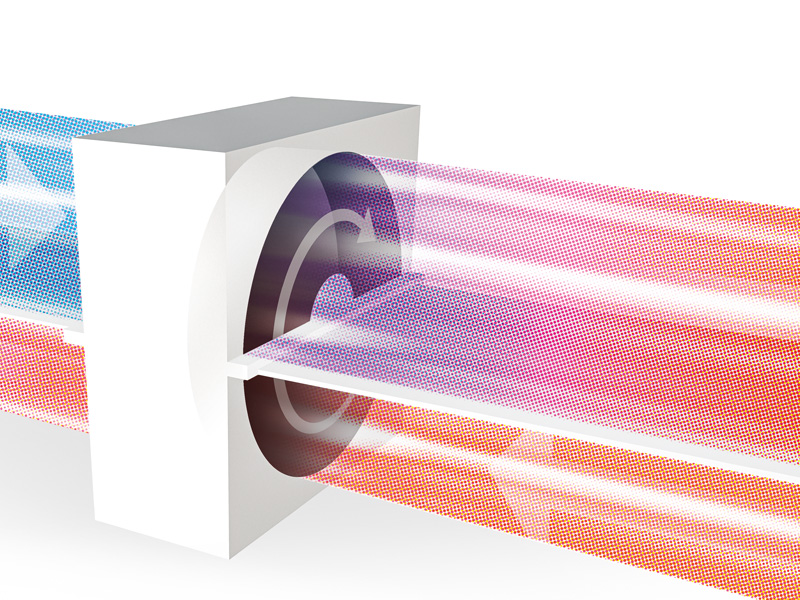When someone can stand in his living room and shrug off record-setting heat waves and extreme winters with equal indifference, maybe that is because there is something going on in the walls. In residential ventilation systems, rotary heat exchangers are responsible for ensuring that the incoming air has the right temperature. “

The right thing in summer and winter: air flows through the moving rotary heat exchanger. The storage medium is alternately cooled and heated to give the air that gets indoors the right temperature. (Product photo: Systemair)
Air from outdoors is heated in the winter and cooled in the summer. The fans force the air, and also the exhaust, through the rotor. And heat exchange takes place because of the rotor’s rotation,” explains Nerijus Lapackas, head of engineering at Systemair.
Systemair, which employs more than 5,000 people, produces more than 23,000 ventilation units annually at its factory in Ukmergė, Lithuania. Half of them go to Norway and the rest reach the market through big distribution centers in Sweden and Germany. The engineers at Systemair put a lot of energy into making sure their products consume little of it, and they voluntarily have them certified by Eurovent, an industry association. “We place great value on quality, service and cooperation with our suppliers,” says Lapackas.
No more complaints
There were quality problems four years ago. “The rotor drive was no good. We got quite a few complaints,” says Lapackas. Besides, Systemair wanted to set itself apart from its competitors better. “We wanted to distinguish ourselves by making the rotor speed adjustable,” adds Lapackas.
So Systemair decided to use rotor drives and fans from ebm-papst in its residential ventilation units. After adjustments to Systemair’s requirements, for example regarding speed, for about two years now a VDC-3-49.15 drive with integrated electronics keeps the rotor running for more than 70,000 hours. “That was the best decision,” says Lapackas. Since then there have been no complaints at all. “Now we can also control the efficiency of heat recovery and the moisture transfer, and there’s also the lower energy consumption,”
summarizes Lapackas, who has much more than just a shrug for the new drives, finding them: “Just perfect, perfect, perfect.”

Leave a comment